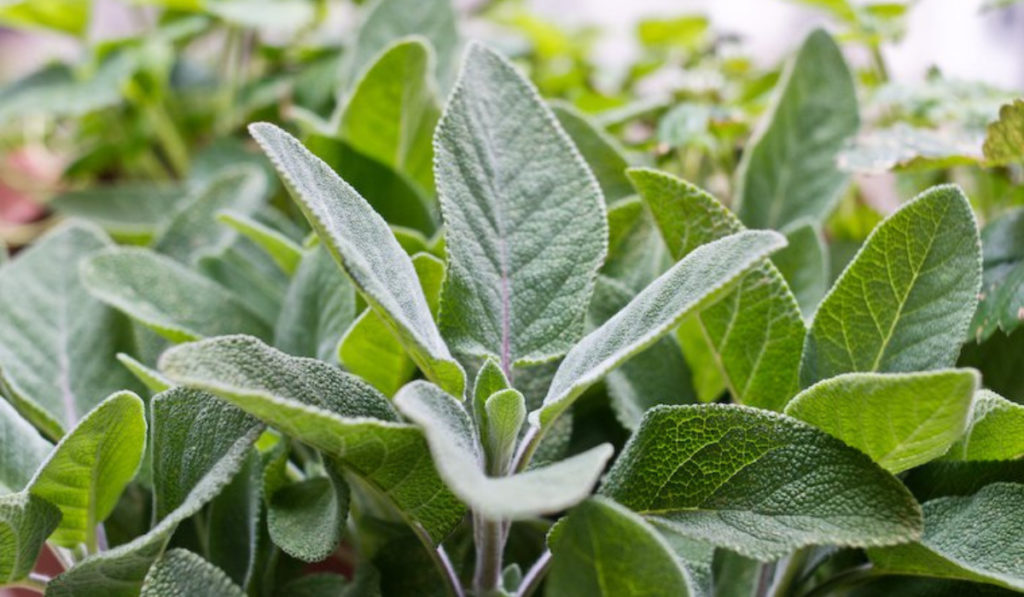SAGE LEAF:-
Sage is a herb that is native to the Mediterranean region and is part of the mint family. It has been used for centuries for both medicinal and culinary purposes. Sage has a distinctive flavor and aroma, which is often described as earthy, peppery, and slightly bitter.
In traditional medicine, sage has been used to treat a variety of conditions, including digestive problems, sore throat, and menstrual cramps. It contains several compounds that may have anti-inflammatory, antioxidant, and antimicrobial properties.
In culinary applications, sage is often used as a seasoning for meats, poultry, and vegetables. It pairs well with dishes such as roasted chicken, pork chops, and butternut squash. Sage is also a key ingredient in many stuffing recipes, particularly for Thanksgiving.
MEDICINAL BENEFITS:-

Sage is a versatile herb that has been used for centuries for its medicinal and culinary properties. Here are some potential benefits of sage:
1. Antioxidant properties: Sage contains compounds that have antioxidant properties, which can help protect the body against damage caused by free radicals.
2. Anti-inflammatory effects: Sage contains compounds that have anti-inflammatory effects, which may help reduce inflammation in the body and alleviate symptoms associated with conditions such as arthritis.
3. Cognitive function: Sage has been shown to improve cognitive function and memory in some studies, particularly in older adults.
4. Digestive health: Sage may help improve digestion and alleviate symptoms of indigestion and bloating.
5. Menopause symptoms: Sage may help alleviate some symptoms of menopause, such as hot flashes and night sweats.
6. Dental health: Sage has antibacterial properties that may help prevent dental plaque and gum disease.
7. Skin health: Sage may have anti-aging effects on the skin, as it contains compounds that help reduce the appearance of fine lines and wrinkles.
Overall, sage is a versatile herb that may offer several potential health benefits. However, it’s important to note that more research is needed to fully understand its effects on different health conditions.
HOW TO USE IN DAILY LIFE:-
Sage can be used in several ways, depending on your needs and preferences. Here are some common ways to use sage:
1. Culinary uses: Sage is a popular herb in cooking and can be used to flavor meats, vegetables, soups, and stews. It can be used fresh or dried, and is often used in stuffing for poultry.
2. Herbal tea: Sage tea is a popular beverage and can be made by steeping fresh or dried sage leaves in hot water for several minutes. Some people add honey or lemon to the tea for additional flavor.
3. Essential oil: Sage essential oil can be used in aromatherapy and may have a calming effect on the mind and body. It can also be used topically for its antibacterial and anti-inflammatory properties.
4. Herbal supplements: Sage supplements are available in capsule or tablet form and can be taken orally. However, it’s important to talk to your healthcare provider before taking any new supplements.
5. Topical use: Sage leaves can be crushed and applied topically to the skin for its anti-inflammatory and antimicrobial properties. Sage oil can also be added to skincare products to help reduce the appearance of fine lines and wrinkles.
When using sage, it’s important to follow recommended dosages and consult with your healthcare provider if you have any health concerns or are taking any medications.



